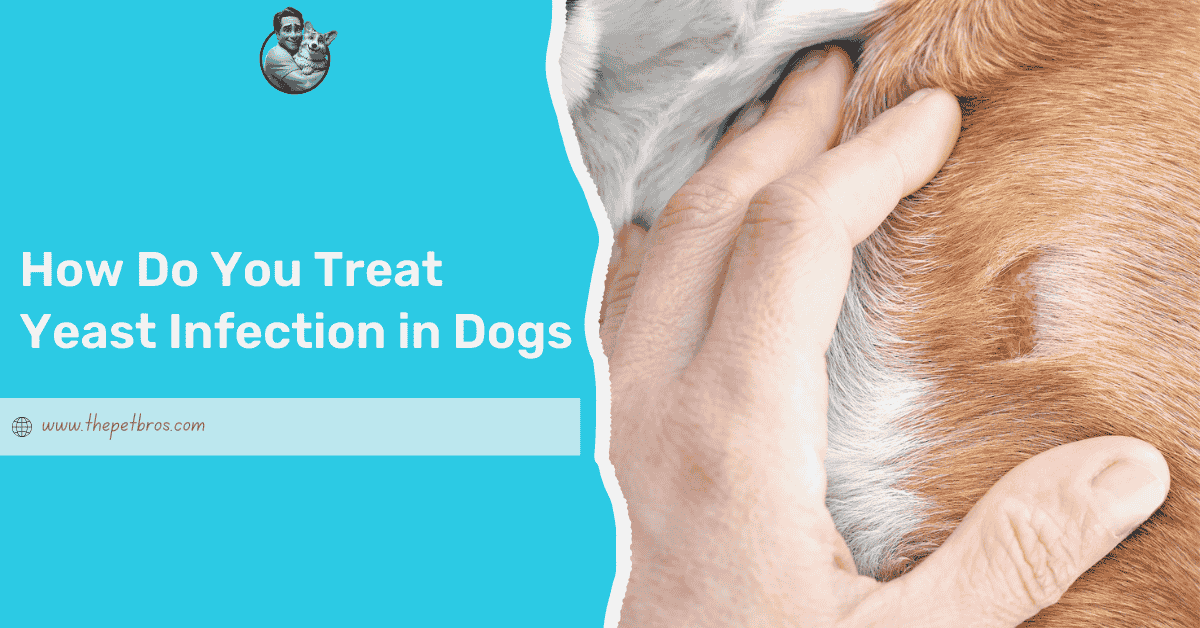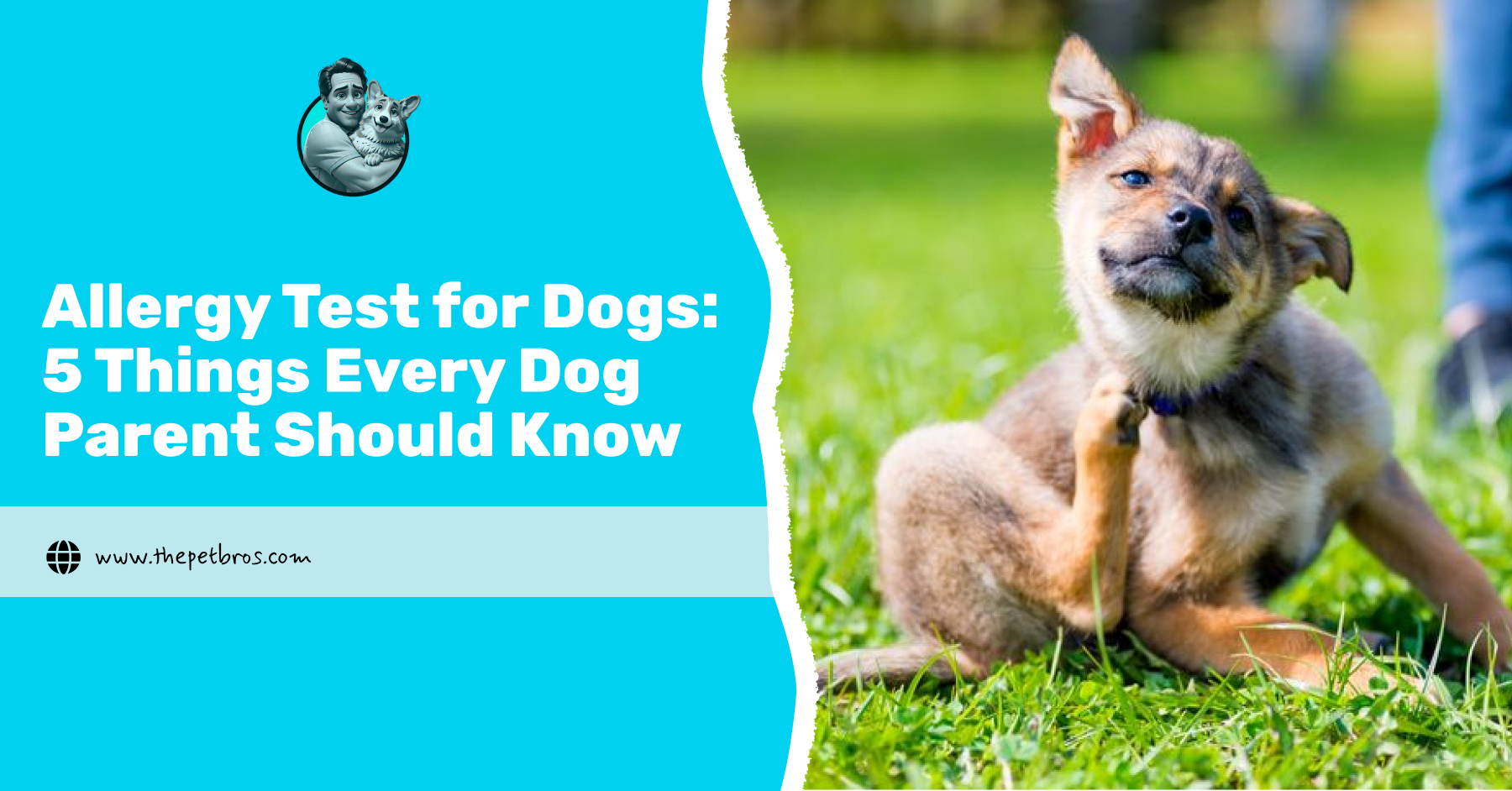Has your furry friend been sneezing, itching, or licking their paws nonstop? Are you worried there might be something more to their distress? You’re not alone. Allergies in canines are far more common than you might think, and that is why it is always advised to do canine allergy testing.
In this ultimate guide to canine allergy testing, we’ll walk you through everything you need to know to get a step closer to a happier, itch-free pup.
Signs Your Canine Might Have Allergies
Yes, dogs can be dramatic. A single sneeze and we’re googling if it’s normal. But when the sneezing comes with certain unusual behaviours, maybe it’s time to look closer.
You’ll spot constant itching when your dog suffers from an allergy. Your dog scratches so much that they look like they’re trying to start a fire. See, itchiness is a classic red flag, especially when it’s non-stop and focused on places like the belly, paws, or behind the ears.
You’ll also spot skin reactions, like rashes, sores, scabs, or random spots that don’t belong to a happy, healthy pup. While these skin reactions can explain the itching, and vice versa, you’ll also spot redness, particularly on their ears and paws.
Finally, you’ll find them pawing at their face and sneezing nonstop like they sniffed pepper. If you’re seeing any of these, canine allergy testing might be the step you need to take.
3 Types of Canine Allergy Testing
- Serum Canine Allergy Test: The first option is a serum test. This involves taking a small blood sample and checking it for allergy-specific antibodies, particularly IgE. It’s painless, quick, and doesn’t need much fuss from your dog, which is a relief if your pup isn’t fond of vet visits and syringes.
- The Intradermal Test: Then we’ve got the intradermal test, which is a bit more hands-on. The vet injects tiny amounts of different allergens just under the skin to see which ones your dog reacts to. But you don’t have to worry because it’s usually done under close observation. If needed, a mild sedative can help keep things calm and comfy.
- Elimination Diet Allergy Testing: And there’s the elimination diet, which sounds fancy but is relatively straightforward. You remove all the usual grub and feed your dog something new for a while. If the scratching fades, you’re onto something. This test is slow but surprisingly revealing, especially when food is the main suspect.
And for some dogs, allergy-specific immunotherapy follows. This is a long-term plan to retrain their immune system, helping them chill out instead of overreacting to harmless things. Of course, it’s not instant, but it can be life-changing.
What to Expect During Your Canine Allergy Testing
So, you’ve decided to go ahead with canine allergy testing. Good call. But what happens once you walk into the vet’s office? Well, there’s no need to panic. It’s not as complicated as it sounds, and your dog won’t be strapped to a lab table or anything ridiculous.
First, the vet will have a proper chat with you about your dog’s history. That means everything from odd eating habits to where you take them for walks. Even small details can matter. It helps the vet rule out other causes and determine what testing makes the most sense.
If your dog’s having a serum test, it’s as simple as drawing a bit of blood. For skin testing, things are a bit more hands-on, but it’s also all done gently. In some cases, especially if your dog is wiggly or nervous, a light sedative might be given to keep them relaxed and still. It’s nothing heavy and wears off quickly.
After the test, you’ll have to wait for the results. Depending on the method, it might take a few days or even up to a few weeks. But once they’re in, you and your vet will have a clearer picture.
How Reliable Are Canine Allergy Tests?
Not entirely, canine allergy tests aren’t completely reliable. They can help point out possible allergens, but they’re not foolproof; false positives and missed reactions happen, so your vet’s expertise is key to interpreting the results.
The unfiltered truth is that, while these tests are helpful, they’re not magical crystal balls. Serum and skin tests can point you in the right direction, but they aren’t flawless. Sometimes they show a reaction where there isn’t one, or miss something entirely, but that’s where your vet’s expertise becomes essential.
They’ll weigh the findings against your dog’s symptoms, habits, and history to make sense of what’s real and what’s just noise. And if there’s still doubt, they can resort to an elimination diet. So, canine allergy testing isn’t perfect, but it’s still one of the best tools we’ve got for cracking the mystery behind those relentless itches and sniffles.
Living with a Canine with Allergies
Once you’ve gone through canine allergy testing and figured out what’s bothering your pup, the real work begins. Living with an allergic dog isn’t always easy, but it’s manageable with care, consistency, and lots of love.
The first step is to look out for flare-ups. They don’t always follow a clear pattern, so jotting down when symptoms appear can help spot hidden triggers. After a walk in the park or a new treat, patterns tend to surface over time if you pay attention. In the same way, you need to keep your dog’s space safe by switching up bedding more often, using pet-friendly cleaning products, or choosing walks away from heavy pollen areas. Tiny changes can make a big difference when allergies are involved.
Then, it’s also vital that you keep your vet in the loop, especially when you notice new symptoms or treatment needs a tweak. Honestly, managing allergies is rarely a one-time fix. It’s a process, and having a trusted expert on your side makes it much easier to navigate and gives you time to notice and celebrate the wins. Less scratching, more sleep, happier tail wags; each small step forward matters. Celebrate them, because your dog feels the difference.
Conclusion
Canine allergy testing gives your dog a real shot at comfort and relief. While the journey takes patience, uncovering what’s causing the symptoms means you can finally do something about it. With the proper care, a tailored plan, and a bit of daily vigilance, your dog can enjoy life without the constant itch, and that’s why we’re here for you.
FAQs
How do you test what your canine is allergic to?
Vets use blood tests, skin tests, or elimination diets to uncover your canine’s allergy triggers.
Can dog allergies go away?
Some dogs improve with treatment, but most manage allergy symptoms for their whole life.
How to reduce canine allergies?
Limit exposure to allergens, provide medication, and follow your vet’s tailored allergy treatment plan.
Can I live with a canine if I’m allergic?
Yes, reducing allergens, cleaning frequently, and managing symptoms can make co-existing much more comfortable.
What triggers dog allergies?
Environmental allergens, food ingredients, insect bites, or other sensitivities can trigger allergy symptoms in dogs.
How to get rid of allergies permanently?
Allergies are rarely curable, but desensitisation and careful management can ease their effects.
What is the root cause of dog allergies?
An overactive immune response to normally harmless allergens is at the root of a dog’s allergy.














